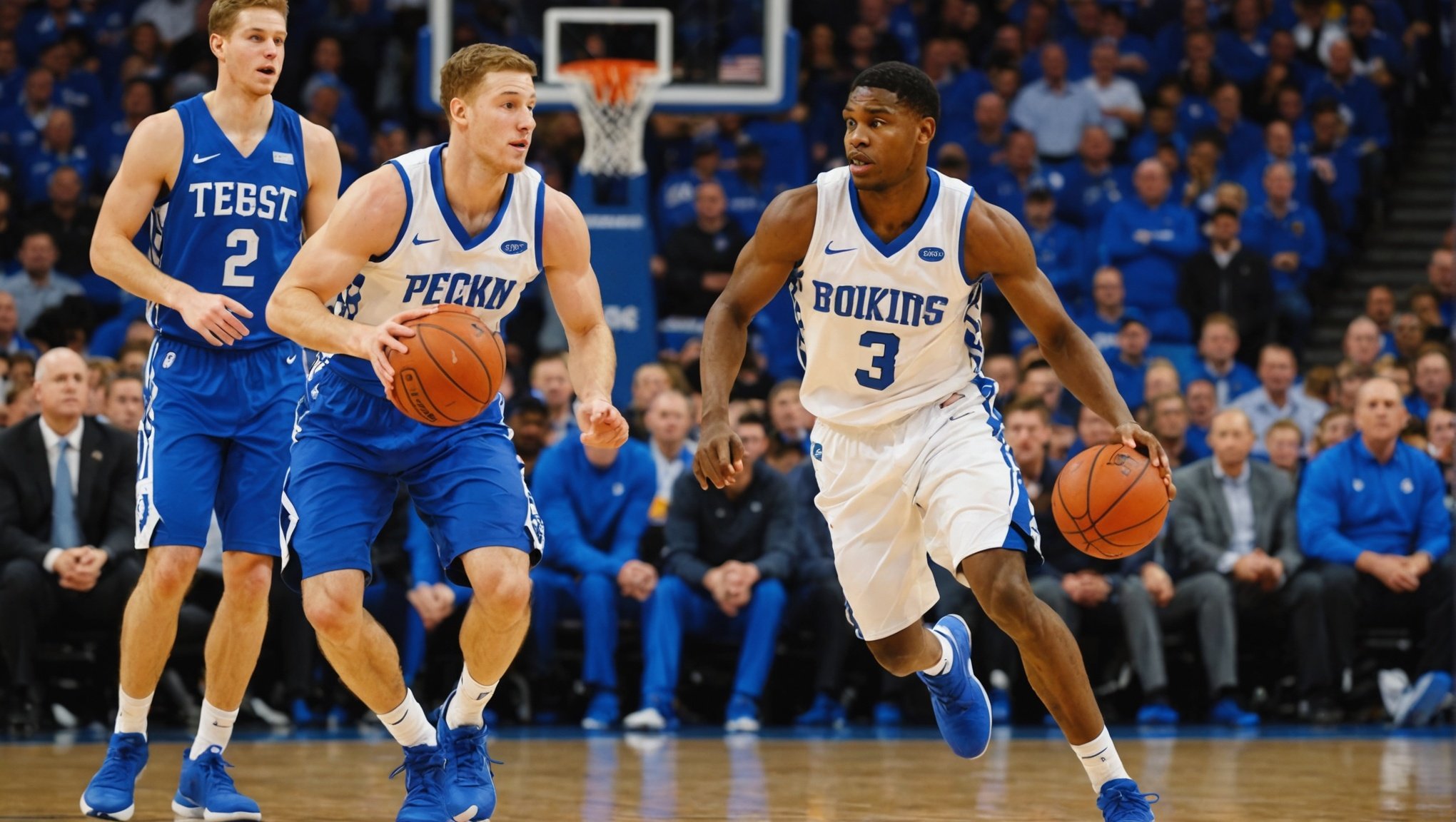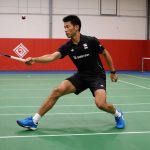Understanding the Importance of Speed in Basketball
Speed is a critical component in basketball, influencing both basketball performance and overall team success. Speed training enhances a player’s ability to take quick, decisive actions on the court. It is especially crucial in executing a swift first step, which can provide an offensive advantage by creating separation from defenders. This first step is often the difference between a successful drive to the basket and a squandered opportunity.
The Role of Speed in Performance
In the context of basketball performance, speed training empowers players to maintain endurance throughout the game, enabling them to outpace opponents. This is particularly significant in fast-paced situations that demand rapid transitions between offense and defense.
Topic to read : Enhancing Scouting and Recruitment Strategies for Young Talent in UK Basketball Academies
Offensive Advantage and League Comparisons
A player’s ability to quickly change direction and accelerate on demand gives them a distinct offensive advantage. This advantage is explored by comparing UK basketball leagues to others, where speed often influences the strategic dynamics of play. The emphasis on building speed capabilities is pivotal for teams aiming to excel over competitors, whether in the UK or globally.
By focusing on these aspects, speed not only enhances individual skillsets but also transforms team strategies and game outcomes.
In the same genre : Enhancing Flexibility in UK Basketball Players: Key Strategies to Prevent Injuries on the Court
Biomechanics of the First Step
Understanding the biomechanics of an effective first step can significantly impact one’s athletic performance. Key muscle groups involved include the quads, hamstrings, calves, and glutes. These muscles work in harmony to propel the body forward, generating the necessary acceleration.
Body position is crucial; an optimal forward lean ensures the centre of gravity supports rapid movements. This positioning allows for maximum force application, essential for enhancing athletic movement. Feet placement also plays a role, as an explosive push-off from the foot translates into a powerful initial motion.
In-depth analysis of acceleration mechanics provides insights into improving speed. By engaging the right muscles and maintaining optimal body alignment, athletes can refine their first step efficiency. Such improvements are pivotal, especially in sports requiring quick starts and rapid direction changes.
By focusing on these biomechanical elements, athletes can develop a more dynamic and responsive first step, ultimately leading to superior performance.
Effective Drills to Enhance First Step Speed
In basketball training, developing a quick first step is crucial. Plyometric exercises stand out as they powerfully enhance explosive strength. These drills focus on rapid force deployment, thereby improving both speed and agility. Common plyometric movements like box jumps and squat jumps train athletes to react swiftly, translating gym work to on-court explosiveness.
Plyometric Exercises
Plyometrics push athletes to generate maximum force in short bursts, building power necessary for rapid changes in direction. These exercises are vital for any speed drills regimen aimed at boosting first step quickness.
Ladder Drills
Agility ladders are excellent tools for agility exercises. They improve foot speed and coordination, leading to smoother, quicker lateral movements. Techniques like the in-and-out step or side shuffle are fundamental, contributing significantly to overall agility.
Resistance Band Workouts
Incorporating resistance bands into workouts provides a unique challenge by simulating actual game pressure. These bands add resistance to movements, enhancing strength and power. They primarily help mimic real-game scenarios, making such basketball training not only more effective but also more realistic. Regular use equips players with the needed endurance and strength to sustain high-intensity movements throughout a game.
Training Tips from Experts
When it comes to basketball coaching, understanding the balance of speed training frequency is essential. Experts recommend incorporating speed drills into daily sessions, albeit in a controlled manner. It is not merely about increasing speed but enhancing quick reflexes and endurance, which are crucial on the court. The balance ensures that athletes can perform optimally without overstraining, which is a key piece of expert advice.
Utilizing sport-specific training strategies involves tailoring these sessions to meet the needs of the sport. For basketball, this includes drills that improve agility, hand-eye coordination, and shooting precision. Expert insights highlight the significance of integrating these strategies with regular practice to foster skill development effectively.
Mentoring from experienced coaches brings numerous benefits. Seasoned coaches offer a wealth of knowledge, pairing technical advice with motivational support. Their guidance helps athletes understand complex play strategies and refine personal techniques. Leveraging their experience not only improves an athlete’s game play but also imbues confidence crucial for competitive settings. Thus, the influence of seasoned mentors in training cannot be overstated, making their input invaluable for success in basketball.
Overcoming Challenges in Speed Training
Training for speed presents a unique set of challenges that athletes often face. Identifying these common barriers is vital for effective performance improvement. Fatigue often emerges as a significant obstacle in speed training. It can diminish training quality and consistency, hindering performance gains. Therefore, developing strategies to combat fatigue is essential.
Incorporating adequate rest periods and active recovery can significantly reduce fatigue. Additionally, balancing intensity and volume in training sessions helps maintain high performance without overexertion. Proper nutrition and hydration also play crucial roles in fuelling and recovering muscles, thus supporting consistent training efforts.
Furthermore, injury prevention is critical in speed training. Implementing a dynamic warm-up routine is beneficial in preparing muscles and joints for high-intensity workouts, leading to enhanced performance improvement. Investing in regular strength training can fortify muscles and connective tissues, reducing injury susceptibility.
To ensure ongoing progress, athletes need to remain vigilant about their body’s signals and integrate recuperation into their regimen. This approach not only enhances performance but also sustains long-term athletic development. By addressing these common training challenges, athletes can optimise their speed training for greater success.
Resources for Further Learning
Diving into basketball resources can elevate your game understanding. Whether you’re a beginner or looking to refine your skills, a plethora of options are available to explore.
Recommended Books and Articles
Books and articles are invaluable resources. They cover a breadth of topics from enhancing basketball speed to mastering techniques. Seek out essential reading materials by notable coaches and players which offer insights from their experiences. These texts provide foundational knowledge and advanced strategies, invaluable for any serious player.
Online Training Videos
Video tutorials are increasingly popular for players aiming to improve technique. High-quality video resources showcase effective drills and training methods. With platforms like YouTube offering countless examples, players can witness drills performed by professionals, helping them visualise and replicate movements accurately.
Local Training Camps and Programs
For those interested in training aids, local camps and programs offer hands-on experience. Engaging in in-person training with skills coaches allows for real-time feedback and guidance. In the UK, various training camps focus on different aspects, such as speed training, providing tailored programs to match your proficiency level. Such immersive experiences can greatly enhance one’s basketball journey.











